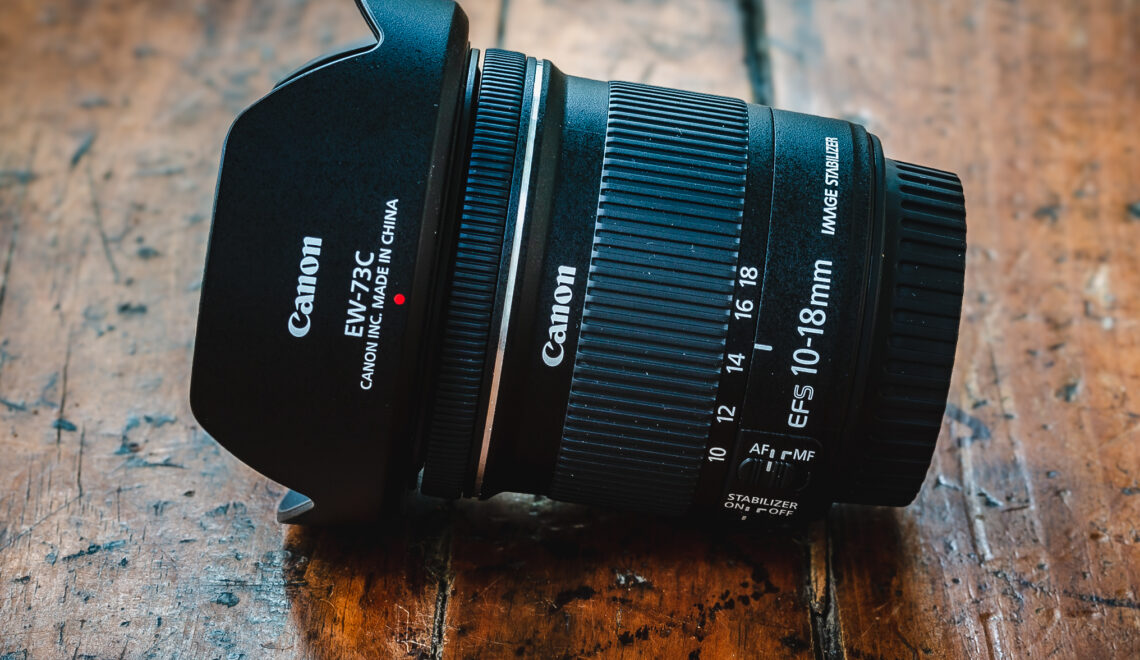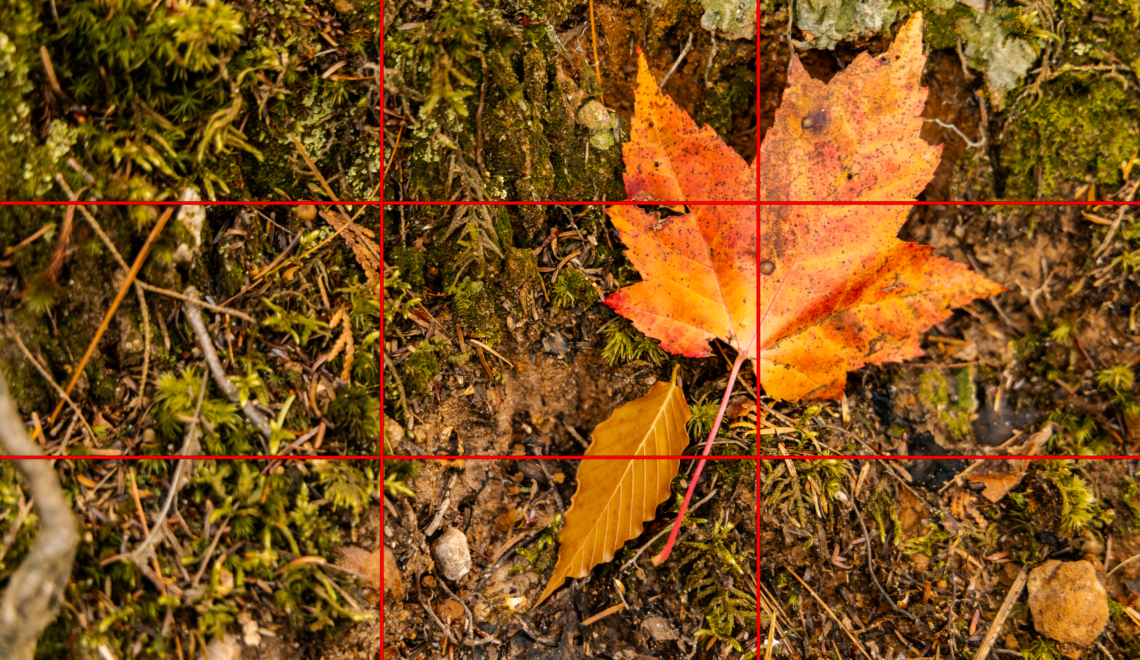
Producing a sharp image is a skill that photographers spend countless hours trying to perfect. From experimenting with different lenses to testing various cameras, the journey to capturing sharp images can be extensive. While there is no single technique that guarantees sharpness, several strategies can significantly expedite your progress. In this post, I will share some of my favorite techniques for achieving sharp images.
Move Your Feet
One concept that new photographers often struggle to grasp is the importance of physical movement when taking photos. Frequently, I see beginners standing in one spot with their telephoto lens fully extended, attempting to focus on a distant subject. Instead, they should use their feet and walk closer to their subject. By doing so, they will find it easier to focus accurately and achieve sharper images.
Use a Tripod
Another common mistake among photographers is not using a tripod. Even the most experienced photographers know they cannot hold a camera perfectly still. When you zoom into an image during post-production, you may notice areas that appear slightly out of focus due to camera shake. The best way to eliminate this issue is to use a tripod. A tripod stabilizes your camera, ensuring your shots remain sharp and focused.
Use Manual Focus
While autofocus can be convenient, it is not always the best choice for achieving sharp images. Manual focus allows for greater precision, especially in challenging lighting conditions or when shooting subjects with low contrast. Take control of your focus manually to ensure your subject is perfectly sharp.
Optimize Camera Settings
Your camera settings play a crucial role in capturing sharp images. Here are a few key adjustments to consider:
- Faster Shutter Speed: A faster shutter speed reduces the risk of camera shake, producing cleaner lines and sharper images.
- Higher F-Stop: Using a higher f-stop (aperture) increases the depth of field, making it easier to focus on your subject. However, avoid using an excessively high f-stop as it can introduce diffraction, reducing overall sharpness.
- Higher ISO: Modern cameras have advanced sensors that handle higher ISO levels with minimal noise. Don’t be afraid to increase the ISO to achieve a faster shutter speed or a narrower aperture.
Choose the Right Lens
Selecting the appropriate lens for the type of photo you are trying to take is essential. For instance, you wouldn’t use a wide-angle lens for a close-up shot, nor would you use a macro lens for landscape photography. While choosing the right lens won’t guarantee a sharper image, it complements your technique and enhances your chances of achieving sharpness.
Additional Tips for Sharper Images
Use Mirror Lock-Up and Remote Shutter Release
When using a DSLR, the mirror movement can cause vibrations that affect image sharpness. Enable mirror lock-up if your camera has this feature. Additionally, use a remote shutter release or the camera’s self-timer to prevent camera shake caused by pressing the shutter button.
Proper Posture and Breathing Techniques
If you must shoot handheld, practice proper posture and breathing techniques to minimize camera movement. Hold the camera close to your body, keep your elbows tucked in, and exhale slowly as you press the shutter button to reduce shake.
Clean Your Lens and Sensor
Dust and smudges on your lens or sensor can degrade image quality. Regularly clean your equipment to ensure your images remain sharp and clear.
Invest in Quality Equipment
While technique is crucial, quality equipment can make a significant difference. Invest in lenses with good optics and cameras with advanced stabilization features.
By incorporating these techniques into your photography routine, you’ll be well on your way to capturing sharp, stunning images. Remember, practice makes perfect, so keep experimenting and refining your skills to achieve the best results.




